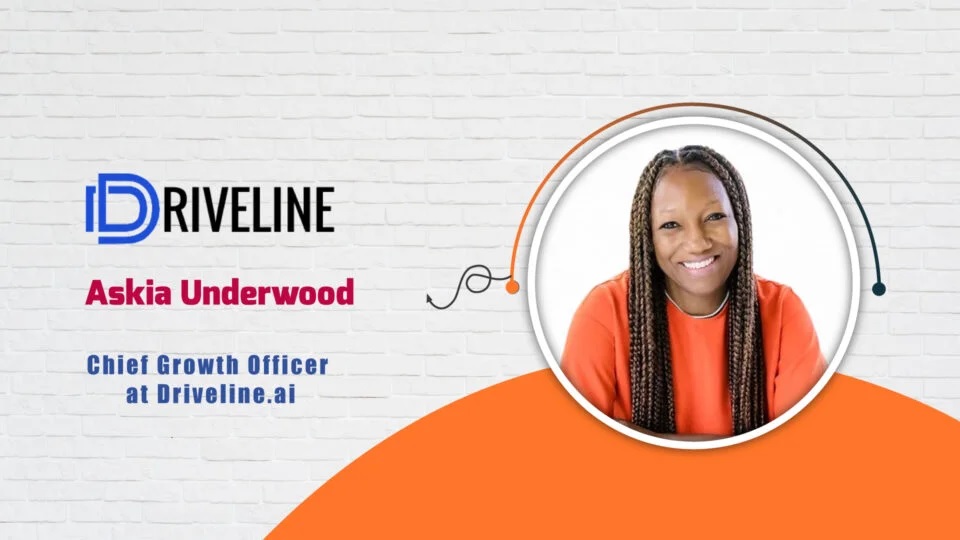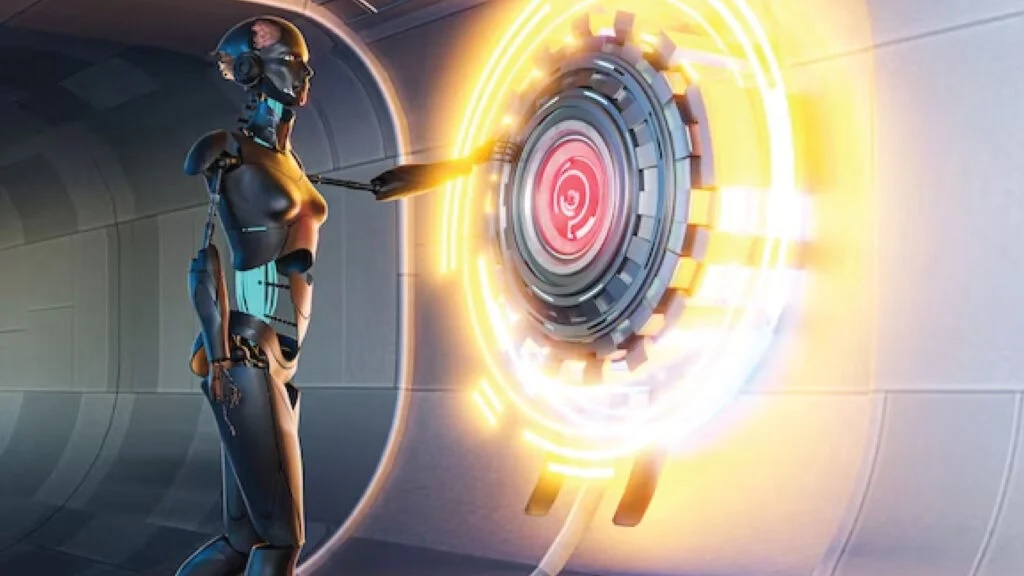Askia, can you share more about your role as Chief Growth Officer at DriveLine.ai and the key responsibilities associated with it?
In my role as Chief Growth Officer, I wear several hats, all focused on one critical goal: driving revenue growth and expansion. Through a multi-pronged approach that leverages strategic partnerships, comprehensive growth strategies, I am responsible for propelling DriveLine to market leadership.
My key responsibilities include the development of strategic partnerships and alliances, implementing comprehensive growth strategies, identifying and leveraging category and industry trends including new market opportunities, and the productization of our audience and location intelligence.
Beyond these key responsibilities, I also contribute to other areas which support our growth including working closely with our product and business development teams, to ensure alignment and collaboration across the organization.
With 17+ years of experience in consumer strategy, how has your journey shaped your approach to driving consumer behavior for brands?
Over the past 17+ years, my approach to consumer strategy has been profoundly reshaped a few times. My journey began in 2000 at KTLA-TV, where I dove headfirst into the bustling world of advertising sales, right as the digital advertising revolution converged with television. This early exposure to the nascent digital landscape, when monetization through consumer interaction was still largely uncharted territory, instilled in me a deep appreciation for innovation and a future-focused approach has become a defining characteristic of my strategic skill set ever since.
With almost two decades of experience navigating the ever-evolving media landscape, I have not only witnessed significant changes, but actively participated in shaping them. Through triumphs and setbacks, I have acquired a deep understanding of consumer behavior and the critical role it plays in successful media campaign outcomes. This valuable knowledge informs my strategic approach, ensuring that every campaign I develop is human-centered, data-driven, results-oriented, and impactful.
Can you elaborate on your future-focused approach to campaign performance and how it is applied across various client types, whether local, regional, national, or global?
Every component of advertising is related to a time period, timing and/or seasonality, making advertising campaigns intrinsically planned for the future. By focusing on the future, I help brands achieve their marketing goals in a sustainable and scalable way. By applying my future-focused approach to campaign performance, I help brands achieve success regardless of their size or location. This means focusing on long-term trends, anticipating future consumer behavior, and proactively adapting to stay ahead of the curve.
To Know More, Read Full Interview @ https://ai-techpark.com/aitech-interview-with-askia-underwood/
Related Articles -



